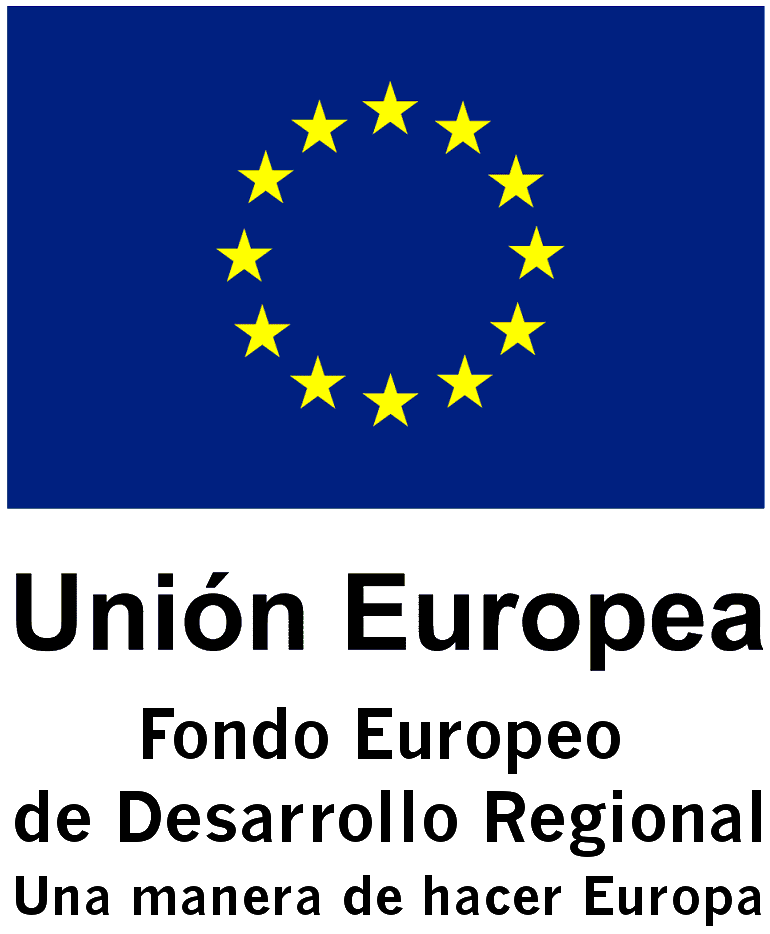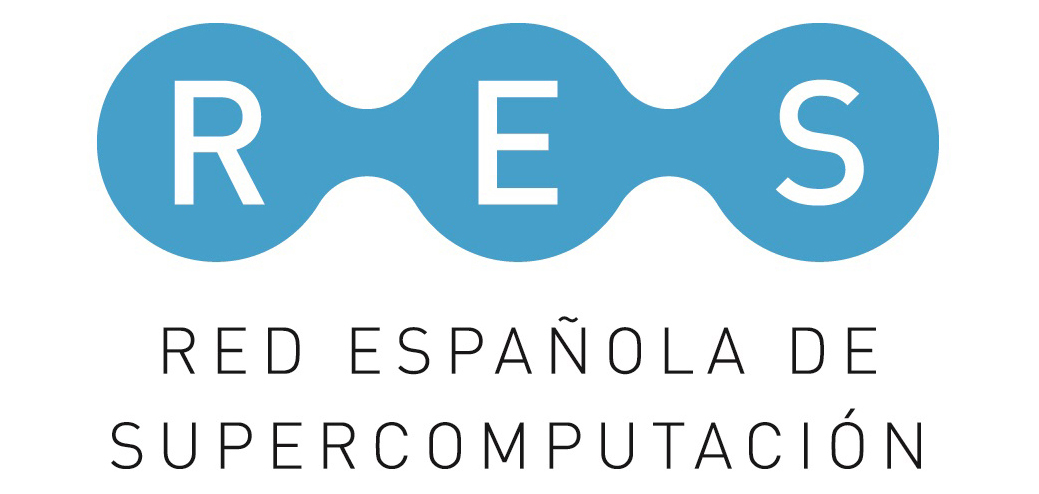Mechanisms of Molecular Motion in Polymers with Nonuniform Stiffness
- Jorge Ramírez García. Universidad Politécnica de Madrid.
Proyecto asignado a través de la Red Española de Supercomputación.
Our understanding of the dynamics of flexible (Gaussian coil) polymer systems is relatively well developed. However, other advanced applications of polymers such as organic electronics and biomaterials usually combine flexible polymers with a diversity of semi-rigid and rigid polymer structures. In comparison with flexible polymers, extremely little is known about the dynamics of rigid macromolecules [1-2]. Many of these novel semiconducting and bio-functional polymers have very rigid chain topologies due to the presence of PI-conjugated orbitals or strong hydrogen bonded structures. The incorporation of these functionalities into polymers leads to macromolecules that contain both stiff, rod-like regions and flexible, Gaussian coil-like regions. Some examples of these type of novel materials include PEGylated proteins, block copolymer for LEDs and photovoltaics, drug delivery micelles, and hydrogels for tissue engineering. Understanding the processing, mechanics, and kinetics of self-assembly in these materials demands a fundamental understanding of the mechanisms of molecular motion in these hybrid rigid-flexible systems. Recent studies have focused mostly on the synthesis and thermodynamics of these materials.
In this project, we intend to acquire a theoretical understanding of the dynamics of hybrid polymers containing both rigid rod-like and flexible coil-like blocks, both in dilute solutions and in entangled melts. For that purpose, we will do coarse-grained molecular dynamics (MD) simulations of the systems. Given the large parameter space of the problem (molecular weight, fraction of rod and coil blocks, number of blocks, concentration, etc), the project will require the calculation of a vast number of simulations. In addition to MD, Brownian dynamics (BD) simulations of coarse-grained single chain models will be used to fit and interpret the obtained. Our previous experience in development and use of models and methods for the study of the dynamics of polymers [3-5] makes us confident that the current project will produce exciting new and valuable results. In addition, the project will be run in collaboration with Prof. Bradley Olsen, from MIT, one of the leading researchers in the field of experimental synthesis and characterization of hybrid block-copolymers and also one of the leading theoreticians in the area. The results of our simulations will be compared against the vast and recent collection of experimental data on diffusion [6-7] of this type of materials.
The project will provide a first step towards the understanding of the rich and complex dynamics of rod-coil polymers at the molecular level, as well as a basis for further investigation of more complex dynamic aspects like internal modes and rheological response. In the long term, the results of this project will enable further progress in the engineering (both processing and properties) of these materials in the advanced applications mentioned above.
- Olsen, B. D.; Segalman, R. A. Materials Science & Engineering R-Reports 2008, 62, (2), 37-66.
- Olsen, B. D.; Teclemariam, N. P.; Muller, S. J.; Segalman, R. A. Soft Matter 2009, 5, (12), 2453-2462.
- Likhtman, A.; Talib, M.; Vorselaars, B.; Ramirez, J. Macromolecules 2013, 46, 1187-1200.
- Ramírez, J.; Sukumaran, S.K.; Vorselaars, B.; Likhtman, A.E. J. Chem. Phys. 2010, 133, 154103.
- Likhtman, A.E.; Sukumaran, S.K.; Ramirez, J. Macromolecules 2007, 40, 6748-6757.
- Wang, M.; Timachova, L.; Olsen, B.D. Macromolecules 2015, 48 (9), 3121–3129.
- Wang, M.; Timachova, L.; Olsen, B.D. Macromolecules 2013, 46, 1651–1658.


